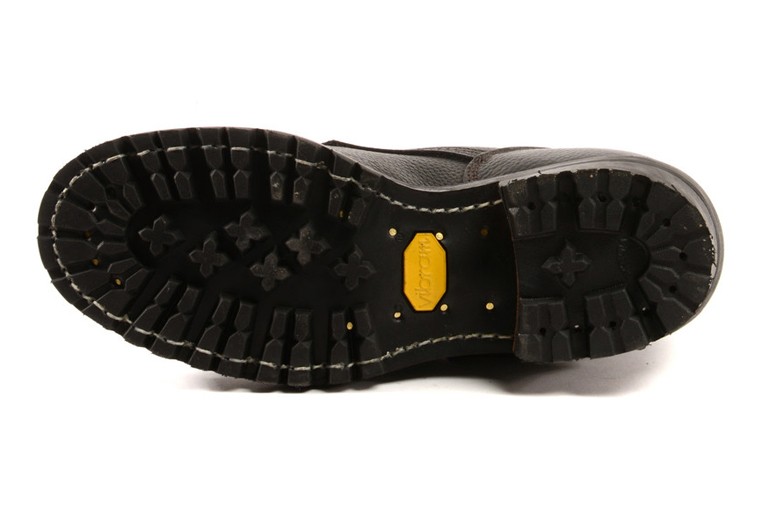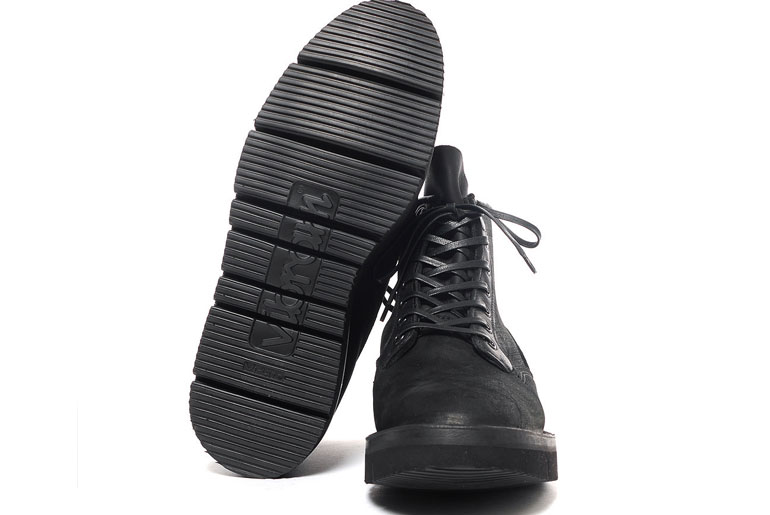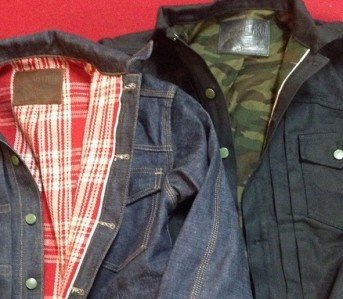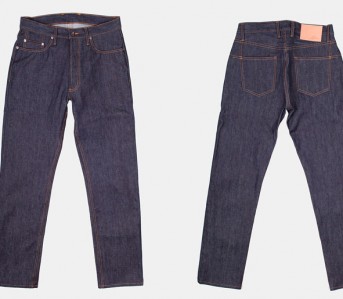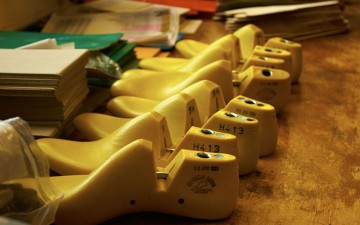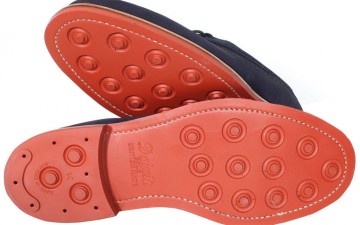When weather conditions dip below par during these colder months, we put on our winter boots without much thought to what went into making them. Perhaps the most important part of our footwear in icy, slippery conditions is the sole.
One of the most famous and recognizable of these soles is the Vibram (pronounced “Vee-bram”). The Vibram name is so ubiquitous that it’s likely forgotten that it’s a brand unto itself, with a storied history nonetheless.
Origins
Since Vibram soles are so often associated with American footwear, it might come as a surprise to learn that it’s actually an Italian company. The company went into business in 1937 and was named after Italian mountaineer and brand founder Vitale Bramani (second from right).
The necessity of the brand, however, reveals something much more tragic. Two years earlier, Bramani was on an expedition in the Italian Alps where six of his friends died in a mountaineering accident. Bramani believed much of the blame was due to poor footwear. At the time, mountaineers commonly wore smooth leather soles fitted with steel cleats or hobnails.
After working on the design following the tragedy, Bramani patented the first rubber lug sole. The first model was called the Carrarmato, meaning “tank tread” in Italian, due to its thick stamped footprint. Vibram still produces the Carrarmato to this day.
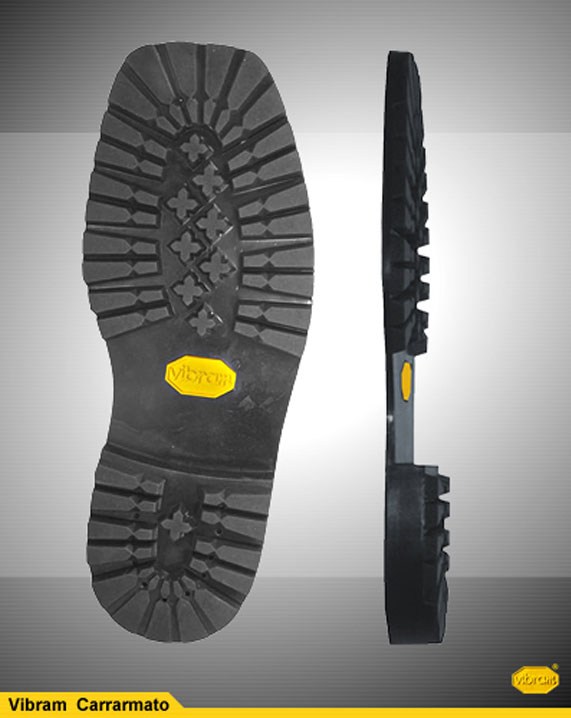
Vibram also had the backing of another famous Italian–Leopoldo Pirelli of Pirelli tires. Vibram’s produced soles in the same manner as Pirelli’s tires, Bramani’s rubber soles provided superb traction on a wide variety of surfaces, as well as being extremely durable.
Continued Success
After the initial release of his first lug sole, Bramani’s Vibram brand continued to grow. In 1945, their first production facility opened in Albizzate, Italy. The brand’s mountaineering legacy was rock solid in 1954 when an Italian team became the first to summit the mountain K2–all while wearing boots fitted with Vibram soles.
A decade later in 1965, Vibram had spread to North America.
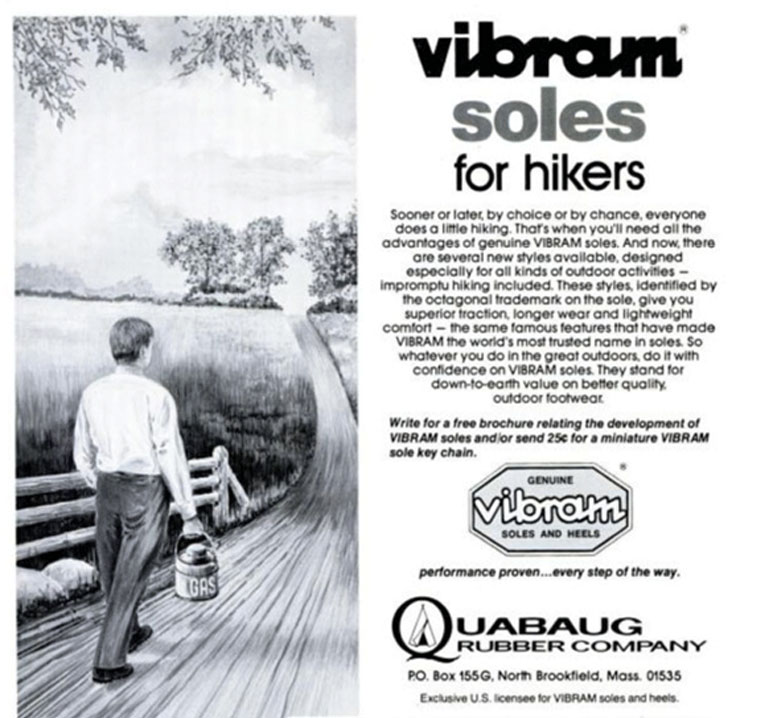
Today, Vibram soles find themselves affixed to the bottom of many of your favorite boots, including brands like Red Wing, Chippewa, Oak Street Bootmakers, or even the gloxy-cut sole Viberg x Haven boot above. You can often tell their work by that iconic yellow octagon.
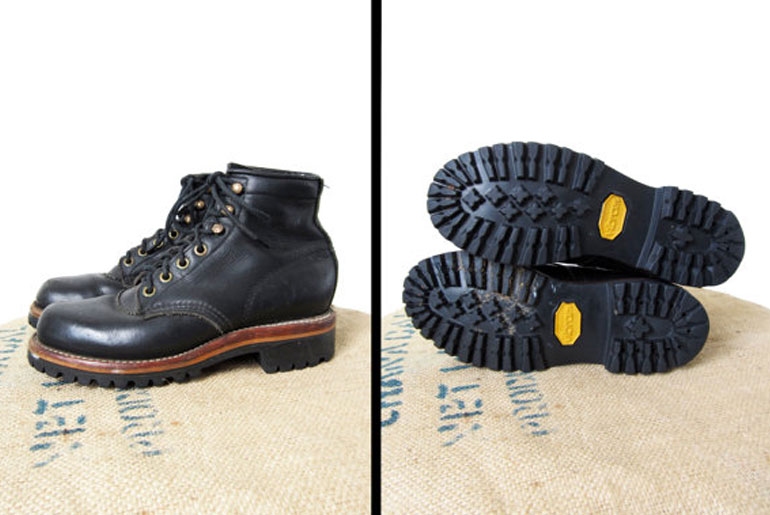
Vibram soles on a vintage pair of Chippewa boots.
You’ll probably also recognize them for their controversial FiveFingers minimalist shoes, which spread like wildfire in terms of popularity over the past couple of years.
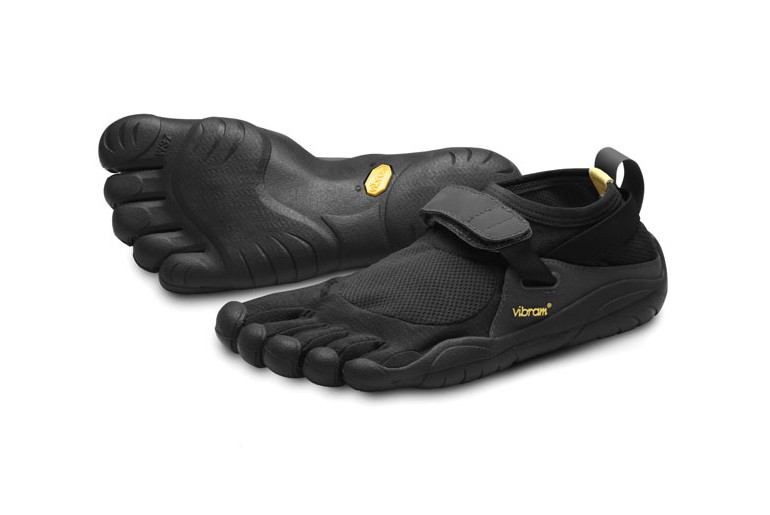
While the benefits of these minimalist-style shoes are highly disputed, what can’t be argued is the quality and historical significance of Vibram soles. It’s not hard to believe that their legendary rubber soles will remain on the bottom of our feet for years to come.
